by Penny Pawl, UC Master Gardener of Napa County
Because of the drought, I am trying French intensive gardening (also known as small-space gardening or square-foot gardening) this year. Rather than spread my vegetables out, I am using the French intensive method to save water.
When I first became a Master Gardener, one of the veteran members was using this method and it seemed to work well for her. She had laid out a grid in her garden and placed different plants within each grid. I have not been that precise, but I have reduced the space between the plants.
If you learn a little about these methods, you may be interested in trying them, too.
French intensive gardening originated around five centuries ago in Paris. It was known as “market gardening” then, a term for growing a variety of marketable crops in small plots. The gardeners would take their crops to the local market to sell them. They practiced companion planting—growing synergistic plants together to improve yield or pest resistance.
They also understood that they could warm the soil by adding fermented manure. Two French gardeners wrote a book on this method in 1845. Titled Manuel pratique de la culture maraîchère de Paris, it is still available on Amazon, updated for modern times.
The French intensive method was popular in England by 1900. Books about it were written in English and the ideas became popular in the late 1960s in the United States. A demonstration garden showcasing French intensive methods was built at UC Santa Cruz.
One advantage of such close-spaced planting is that the leaves of large plants will eventually touch, and more tender plants can be cultivated underneath them. My neighbor has planted lettuce between his tomatoes.
I found online a list of reasons to consider French intensive methods. The one I like best is that it uses less space for a given yield than many other methods. I hope I can confirm that by the end of this growing season.
In my garden this year, I planted tomatoes in square cages, leaving the width of a cage between them. In those areas, I planted broccoli and marigolds. I planted cucumbers inside the tomato cages so they could climb. As they grow, the tomatoes will produce a shady area behind them that I can plant to crops that don't need as much light.
On the recommendation of the owner of Sonoma Worm Farm, I added a couple of tablespoons of worm compost to each hole prior to planting. Most store-bought compost is primarily a soil conditioner; worm compost is a mild fertilizer. I also sprinkle it around the plants and find it benefits all of them.
Many French-intensive gardeners use a technique called intercropping—planting together two plants with different needs. For example, you might group a deep-rooted plant with a shallow-rooted crop. To do intercropping successfully, you must study the needs of the plants and create a plan. Prior to planting this year, I spent a great deal of time just planning the bed and figuring out where I would place the plants.
Marigolds can do great things for a garden. They have a strong fragrance that attracts insects that might attack your edible crops instead. I have used them as a decoy successfully for a few years. This method is called trap cropping or companion planting.
If you would like to know more about French intensive gardening techniques, you can find many books online about it.
Food Growing Forum: Napa CountyMaster Gardeners will present a discussion of “Pests in the Summer Garden” on Sunday, July 11, from 3 p.m. to 4 p.m., via Zoom. Register here to receive the Zoom link: http://ucanr.edu/2021FoodForumJuly
Free Guided Tree Walk: Join Master Gardeners of Napa County for a tree walk in Fuller Park in Napa on Tuesday, July 13, from 10 a.m. to noon. Limited to 12 people per walk. COVID safety protocols will be followed. You will be asked health questions and asked to sign in. Face masks and social distancing are required. Register here.
Workshop: Napa County Master Gardeners will conduct a workshop on “The Art of Growing Succulents” on Saturday, July 17, from 10 a.m to noon, via Zoom. Learn how to care for these unique, colorful and unthirsty members of the plant community. Reserve here: http://ucanr.edu/2021SucculentsJuly
Got Garden Questions? Contact our Help Desk. The team is working remotely so please submit your questions through our diagnosis form, sending any photos to mastergardeners@countyofnapa.org or leave a detailed message at 707- 253-4143. A Master Gardener will get back to you by phone or email.
For more information visit http://napamg.ucanr.edu or find us on Facebook or Instagram, UC Master Gardeners of Napa County.
Attached Images:
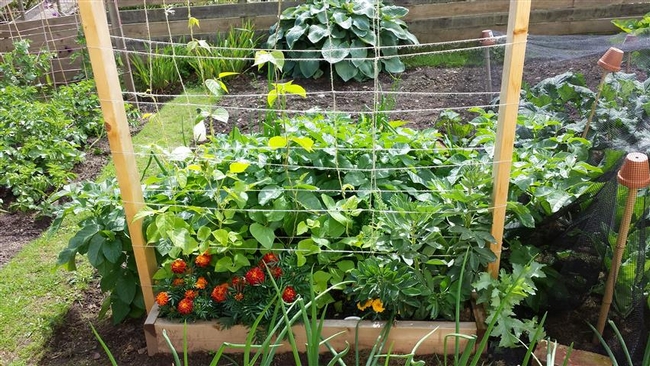
Small space gardening. (planterspost.com)
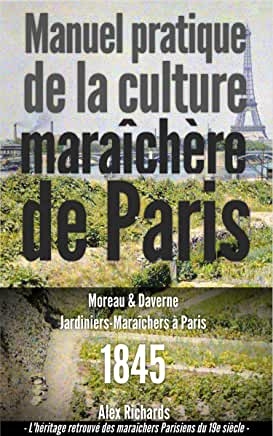
Manuel pratique... (amazon.com) Only in French!
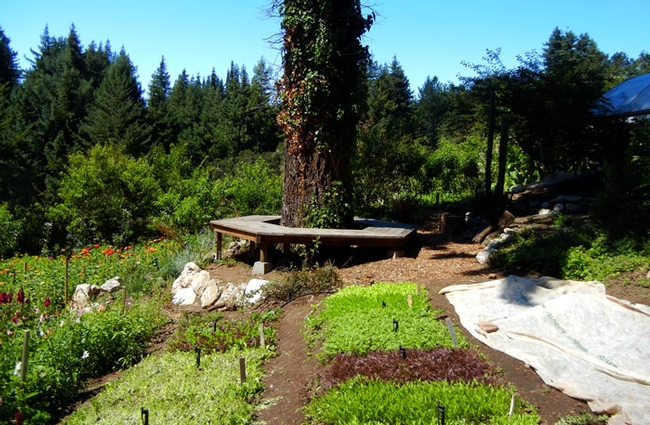
Alan Chadwick Garden at UC Santa Cruz. (alanchadwick.org)
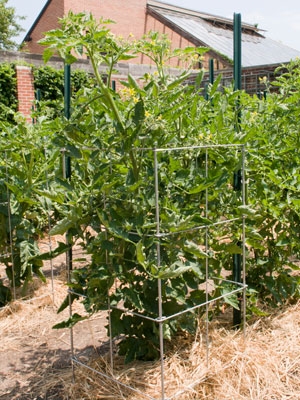
Depending on where you put your tomatoes, they can provide shade for plants that like it. (chicagobotanic.org)

Worm compost. Gardeners can make their own . . . or buy some! (jloog.com)
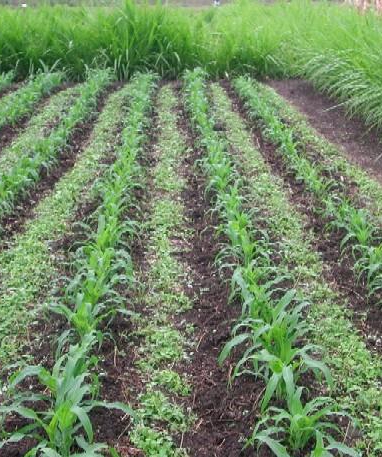
Intercropping. (learn.uvm.edu)
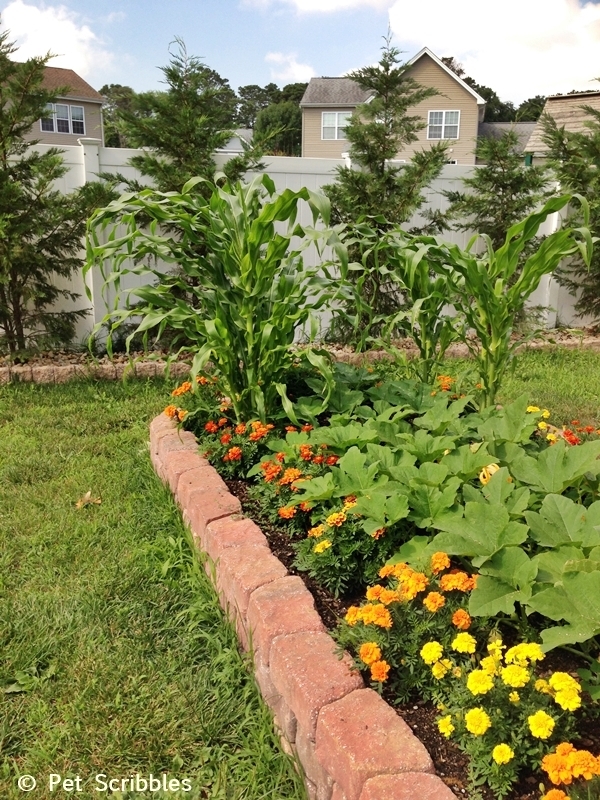
Marigolds in the garden. (livecreativelyinspired.com)